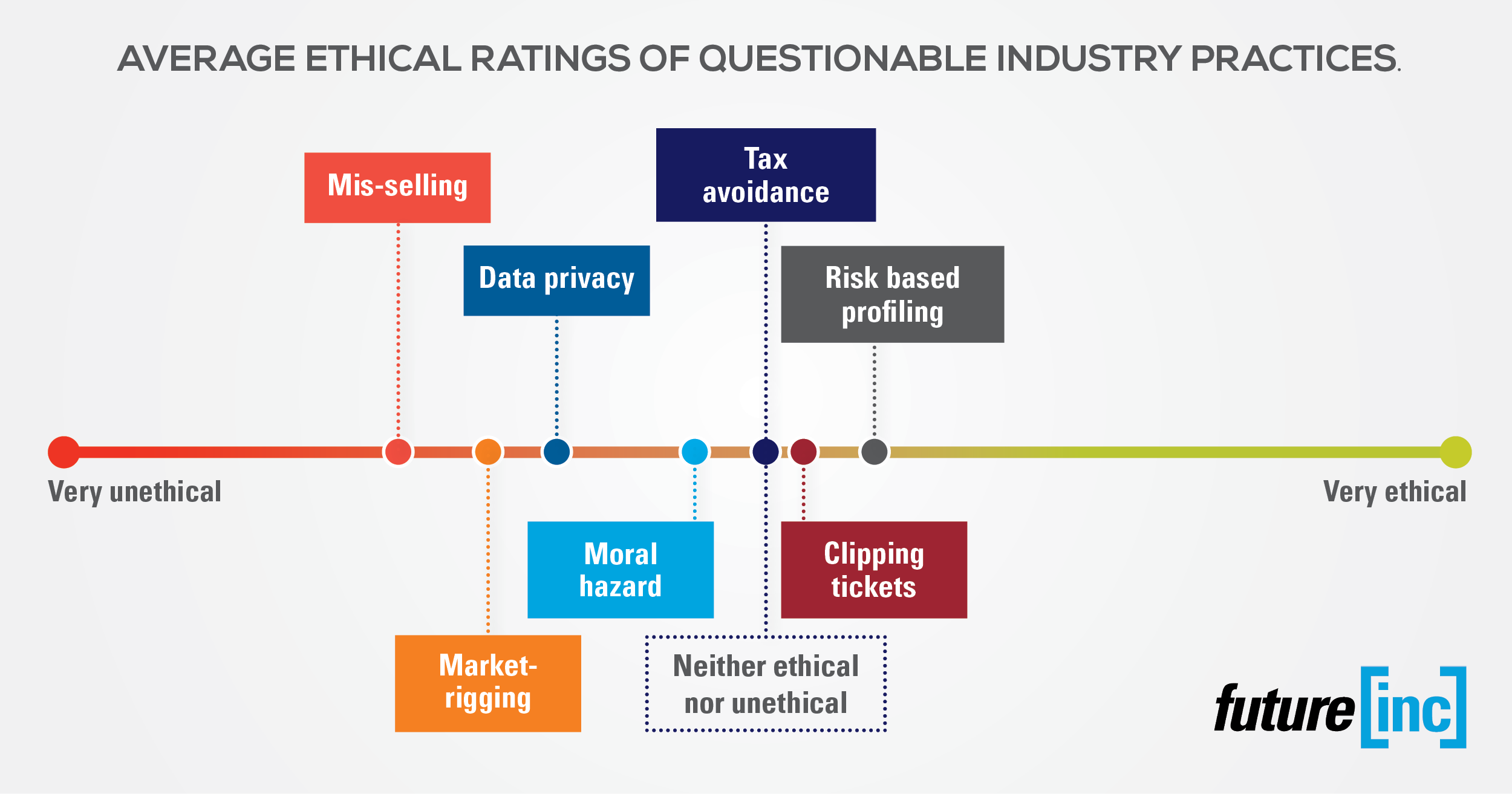Seven ways to communicate in an age of authenticity
In an age that demands honesty and transparency, it’s crucial your business demonstrate…
by Fiona Stephenson
In an age that demands honesty and transparency, it’s crucial your business demonstrates authenticity. The Sustainable Business Network’s recent conference examined what you need to know to communicate for maximum effect.
Today, more than ever, people want to know the good being done by the businesses they buy from, work for and invest in. According to Colmar Brunton’s Better Futures report (2015), 31 percent of New Zealanders will ‘choose sustainable’ more often in the next year. Almost two thirds will pay a bit more for sustainable products.
Your employees care too: nearly three quarters of New Zealanders want to work for a company that’s socially and environmentally responsible. And more than half of millennials have ruled out working for an organisation because of its values or ethics (Deloitte Millennial Survey 2016).
Yet 71 percent of consumers can’t name a brand leader in sustainability. People want to know about the good businesses are doing, so it’s important to tell them.
We’ve identified two vital elements to authentic communication: having a positive purpose at the core of your business and being able to prove it.
These two themes of ‘purpose and proof’ weaved their way throughout SBN’s conference, Communicating in an Age of Authenticity, which took place at AUT Business School on August 31st.
Here are our top learnings, together with some of our favourite quotes from the conference speakers:
How to communicate in an age of authenticity
1. Identify your purpose
Having a purpose has become increasingly important with the rise in business transparency through social media. Loyalty to brands is plummeting, so you need to figure out why your business matters. Your purpose should be part of your organisation’s DNA. It must link to your business strategy. Be part of something that’s bigger than your entity.
Stuck for inspiration? Check out the purpose of some of these New Zealand businesses:
NZ Post: Nothing gets in the way of delivering what people care about.
Air New Zealand: Supercharging New Zealand’s success.
Z Energy: Solve what matters for a moving world.
Dulux: Adding colour to people’s lives through the transformational power of paint.
“In a competitive, disruptive world, it’s not enough to be great, or doing good; businesses have to matter.”
– Dom Thurbon, founder and chief creative officer, Karrikins Group.
2. Tell inspiring stories
Consumers want to hear about your purpose and the stories behind it. So live your values from the inside out and share them. People connect with brands through stories, so having a story behind your product can help sales.
Blunt Umbrellas, which produces umbrellas designed to last, identified its purpose as stopping the throwaway culture. It weaves this into all its brand stories to boost the value of its products.
“Purpose is nothing if your organisation doesn’t live it.” – Jacqueline Farman, founder, The Purpose Business.
3. Don’t be full of s**t
Be honest and transparent – about your failures as well as your successes. You have to walk the talk, and do it with integrity.
“Authenticity comes from having a core set of non-negotiables.” – Jamie Sinclair, GM strategy and finance, Nga-ti Wha-tua Ora-kei Whai Maia Ltd.
4. Every step matters
You may feel like you’re failing 99 percent of the time, but stay true to yourself as your efforts will amount to something. Lots of small steps eventually lead to step-changes in the system.
“The system that we will create will never have existed before.” – Niki Harré, associate professor, The University of Auckland.
5. Measure your progress
Make data meaningful and look for ways to improve. Proof doesn’t involve ticking a box and moving on. It is a process. Identify which metrics to measure and where your priorities lie. What is material to your business?
“If proof remains stable over time, you’re going backwards.” – Jeff Vickers, senior consultant, thinkstep.
6. Prove it
Choose the best method to demonstrate your sustainability progress. There’s no ‘one size fits all’ approach – different approaches suit different organisations.
Options include:
- Life Cycle Analysis to look at your impact across the entire supply chain (thinkstep has widespread international experience).
- Third party certifications, which give indisputable proof of your sustainability credentials (such as carboNZero, run by Enviro-Mark Solutions).
- Offsetting your emissions (check out Ekos for local community projects).
- Sustainability reporting (SBN published a Performance Report earlier this year, reporting on the outcomes and outputs of our work).
Or why not bring your data to life in more creative ways? Method Design Studio created an interactive infographic to share Wynyard Quarter’s sustainability data. How you communicate data can make a difference.
“What do we lose when we turn sustainability into an exercise of checking boxes?” – Kate Kearins, acting dean, AUT Business School.
7. Finally, make a fuss!
Stand up for your values. It will make a difference, even if you don’t see the fruits of your labour immediately.



